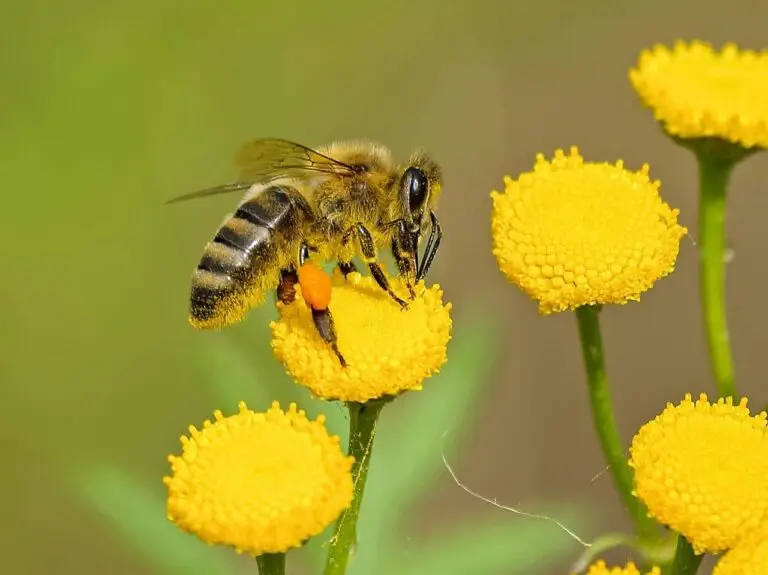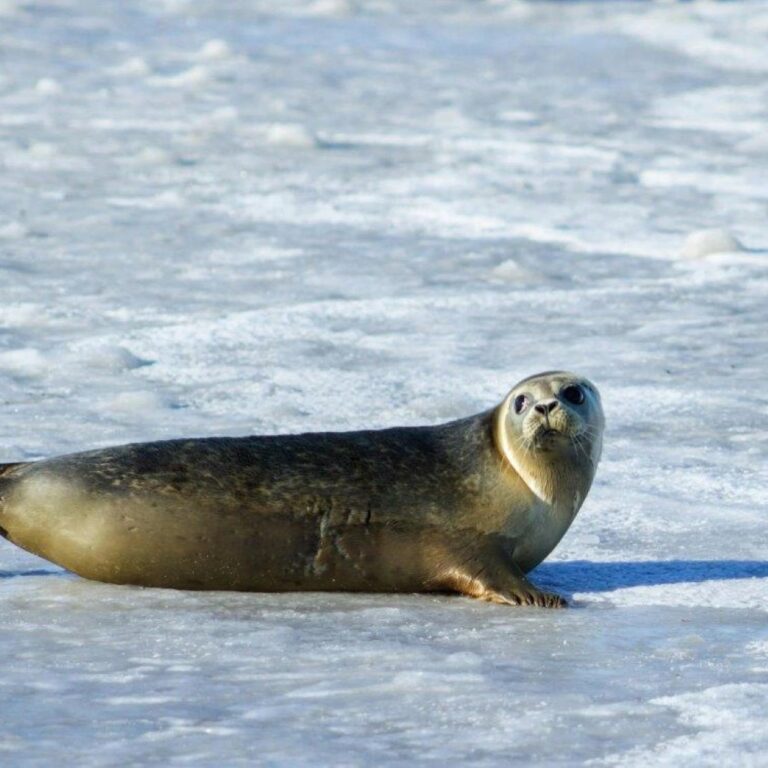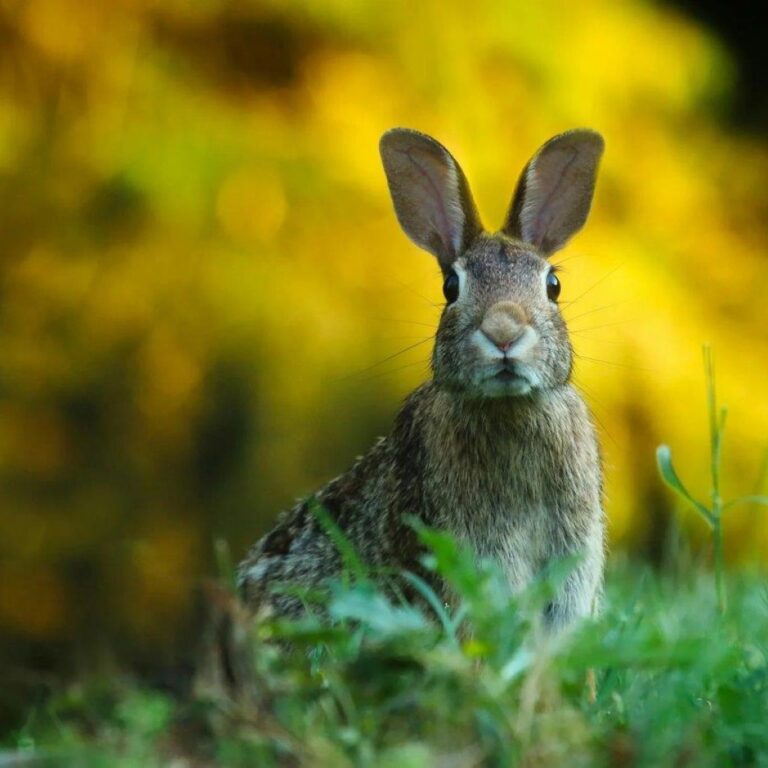There are over 20,000 species of bees, ranging from the well-known honeybee to lesser-known species like the solitary mason bee and the large carpenter bee.
They are among the most efficient pollinators on the planet. They are responsible for pollinating approximately one-third of the food crops we consume, including fruits, vegetables, and nuts.
Honeybees communicate with each other using a 'waggle dance.' This dance conveys information about the direction, distance, and quality of a food source, helping other bees find it.
A single honeybee colony can contain up to 60,000 bees, including workers, drones, and a single queen. The workers, all female, are responsible for gathering food, caring for the young, and maintaining the hive.
The queen bee is the only bee in a colony that lays eggs. She can lay up to 2,000 eggs per day during the peak of the season, ensuring the colony's growth and survival.
Bees have five eyes—two large compound eyes on the sides of their heads and three small simple eyes on top of their heads. This gives them excellent vision and helps them navigate and find flowers.
Bees have a highly developed sense of smell, which they use to locate flowers and communicate with each other. They can detect the scent of flowers from great distances.
Honeybees make honey by collecting nectar from flowers and converting it into honey through a process of regurgitation and evaporation. Honey serves as a food source for the bees and helps sustain the colony during the winter.
They are capable of recognizing human faces. Research has shown that bees can be trained to associate faces with specific rewards, using their remarkable pattern-recognition abilities.
The stinger of a honeybee is barbed, meaning that once it stings, it cannot be withdrawn without injury to the bee. After stinging, the bee usually dies, making it a last resort defense mechanism.
Bumblebees are larger and fuzzier than honeybees, and they are capable of 'buzz pollination,' where they vibrate their bodies to dislodge pollen from flowers. This technique is especially important for crops like tomatoes.
They have a symbiotic relationship with flowers. While collecting nectar and pollen, they inadvertently transfer pollen from one flower to another, facilitating plant reproduction.
Bees can fly at speeds of up to 15 miles per hour and can visit hundreds of flowers in a single day. Their small, rapidly beating wings allow them to hover and maneuver with precision.
The decline of bee populations due to factors like habitat loss, pesticides, and climate change is a major concern for global food security. Conservation efforts are essential to protect these vital pollinators.
Honey never spoils. Archaeologists have found pots of honey in ancient Egyptian tombs that are thousands of years old and still perfectly edible. Bees produce honey with a low moisture content and high acidity, making it resistant to bacteria and spoilage.
How useful was this post?
Click on a star to rate it!



